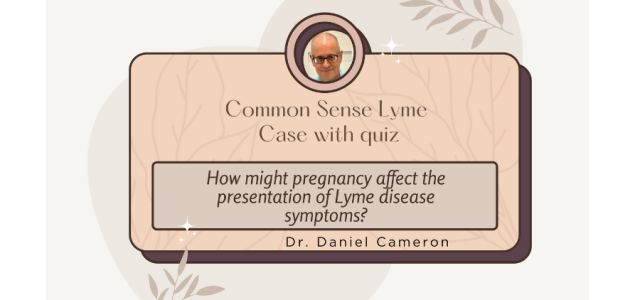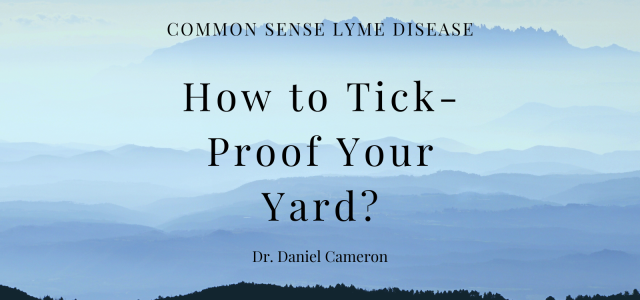Lyme Science Blog
Dr. Daniel Cameron, MD, MPH, is a nationally recognized leader for his expertise in the diagnosis and treatment of Lyme disease and other tick-borne illnesses. His weekly Lyme Disease Science blog features articles covering the latest research, insights and case reviews.
Lyme Science Blog
Lyme Disease with Weakness and Hyporeflexia
This case involved a 25-year-old woman who experienced progressive numbness and tingling, beginning in her torso and eventually affecting her
Lyme Science Blog
Can Lyme disease stay hidden during pregnancy and only emerge after childbirth?
A 23-year-old woman from Brooklyn, NY, presented to her primary care physician with bilateral knee swelling and pain three days
Lyme Science Blog
How to Tick-Proof Your Yard?
Creating a tick-proof yard is one of the most effective ways to lower the risk of tick bites and Lyme
Lyme Science Blog
Which Singers Have Battled Lyme Disease?
Lyme disease doesn’t discriminate. It has affected everyday individuals and celebrities alike—including several high-profile singers. These artists have shared their
Favorite Blogs, Lyme Science Blog
Do Ticks Wash Off in the Shower?
How a Shower Can Help Taking a shower after being outdoors is a smart habit, especially during tick season. It
Lyme Science Blog
Back Pain Mystery Solved… It Was Lyme Disease
Back pain is one of the most common complaints in medicine. For most people, it’s caused by something mechanical—disc degeneration,
Favorite Blogs, Lyme Science Blog
Lyme Disease: One Teen’s Story of Struggle and Strength
A Patient’s Story Worth Sharing Today, I want to share a story that has stayed with me—a story about one
Lyme Science Blog
What Organs Does Lyme Disease Affect?
Lyme disease doesn’t stay in one place—it can spread throughout the body, affecting multiple organ systems, including the skin, joints,
Lyme Science Blog
The Case for Chronic Lyme: A Medical Perspective
The Chronic Lyme Disease Controversy I’ve been treating chronic Lyme disease for 37 years. In that time, I’ve witnessed firsthand









